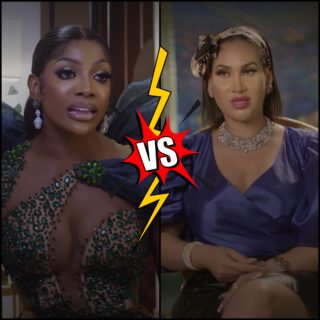As any Nigerian who grew in the Nigerian school system knows, there were certain novels we were made to read in literature class. Some of them were clearly written for kids while others were adult books we had to read anyway. I always assumed these books were picked just because they had lessons to teach or whatever, but I recently realized that it was much more than that.
The authors of these books seemingly aimed to teach lessons in the most horrifying ways possible. Some of them went so ham that the messages got lost in the horror. Here are a couple of offenders:
1) Ralia the Sugar Girl
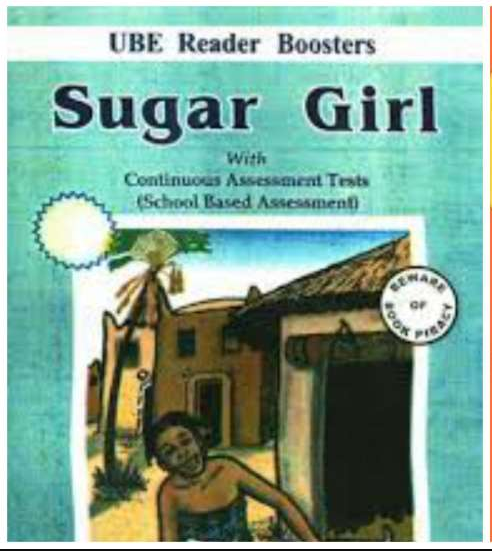
Ralia is a happy-go-lucky village girl who everyone loves because she’s so…happy-go-lucky. At some point, she wanders into a forest and gets lost. While there, she runs into so much weird and scary shit. The worst of the weird shit is an evil topless witch with sausage boobs who threatens to dig out Ralia’s eyes and suck her blood, just because she trespassed on the witch’s property.
Ralia eventually finds her way home and the book ends. But I’ve always thought of writing a sequel, set three years after the events of the first book, where Ralia is in an asylum because she had a mental breakdown and murdered her entire family. The epilogue would see Ralia get a visit from a mysterious woman offering to get her out in exchange for her joining a secret organization.
The mysterious woman is Alice.
Alice from Wonderland.
2) A Mother’s Choice
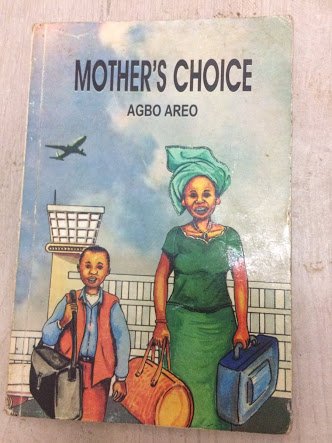
Mother’s Choice is about a boy named Ade. Ade has just graduated from primary school and his mother insists (despite her husband’s concerns) that Ade go to secondary school in the UK. As a weird form of foreshadowing, Ade’s father tells his wife that whatever happens to their son during his time overseas will be her fault. She agrees and lives to regret it because Ade goes to England, becomes an alcoholic, gets hooked on drugs, engages in orgies with prostitutes, gets arrested, and ends up in a psychiatric hospital. So much shit happens that by the end, you’re left wondering what lesson you were supposed to learn.
3) A Chained Tomb
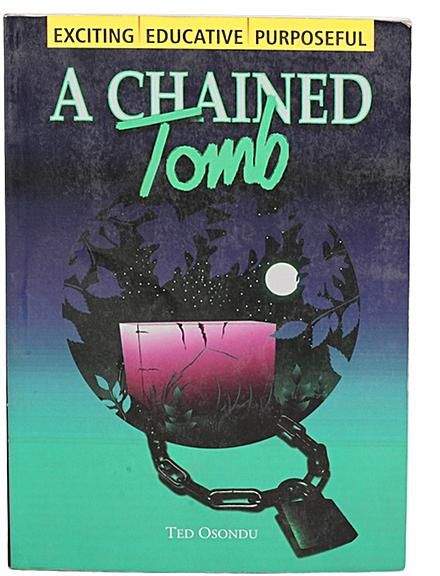
The narrative of A Chained Tomb spans a couple of decades in the lives of a couple of people (most of them relatives) living separate lives in the same town. The main character is a boy named Uze, and he is the absolute worst kind of offspring. He joins a gang, steals, beats his mother to death in a violent rage, etc.
By the end, Uze in prison for murder.. A friend of his named Jade comes to visit him. The warden informs Jade that Uze died two days prior. After asking to see where Uze’s grave, the warden takes her to a patch of land behind the building that serves as a burial ground for deceased prisoners with no family on the outside. Uze’s grave has an unmarked tombstone with a chain around it. Seeing the confusion on her face, the warden lets Jade know that chains are put around the tombstones of prisoners who died without finishing their sentences, to KEEP THEIR SOULS BOUND UNTIL THE END OF THEIR SENTENCE.
And that’s how the book ends.
TF?!
4) The Gods Are Not To Blame
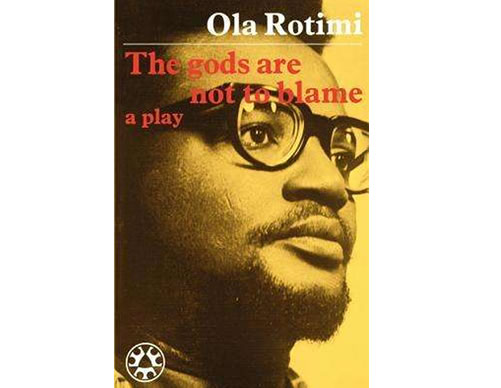
You know what? I don’t think 12-year-olds need to be reading the Yoruba version of Oedipus Rex. I mean, the story’s themes of how free will is a myth, and fate is inescapable are awesome. But this story also contains patricide, incest, suicide, and self-mutilation.
Your kids don’t need this.
Damn.
RECOMMENDED READING: 5 Nigerian Novels That Deserve Movie Adaptations

